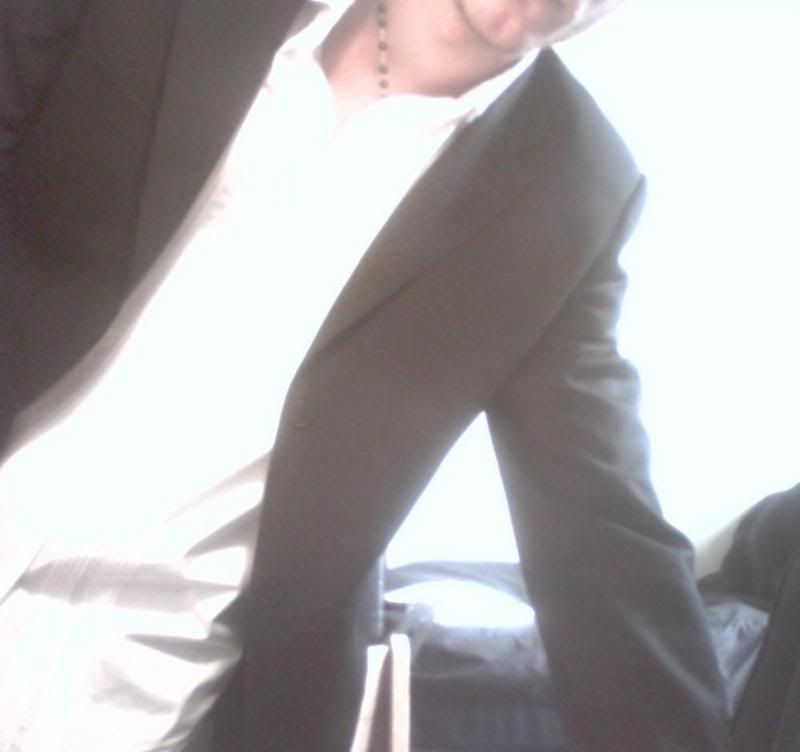While there are notable differences between what was read in the graphic novel in class and the film version of
One of the first things I noticed about the animated version of the story was the shading in every scene. The drawings were much the same, and the art kept much of it’s same strength in contrasting the white and black; but in every scene of the film, greys are blurred and blended in the background to make a more fluid atmosphere. One of the things that was most striking in the book was the contrast of the individuals, and the simplicity of the images. By blending the images together, and softening some of those contrasts, the impact of the blending is lost. At times, one could argue that they use the softening to further show the polar contrast when they choose not to use the blended colors, but it is often more a show of what can be done within a grey scale than what should be done to faithfully recreate the original.
One instance when the above is most striking is during the war scenes (both during the revolution and during the Iran-Iraq war that followed shortly after.) In the book and in the film, the two are much alike, using backlighting to show black tanks and soldiers against white, contrasting the world with the action. In the book it functions also to show her in a sea of blank color (either black or white), but it doesn’t effectively show that in the movie, making the setting more about artistic ability than about the spirit of image. One could argue that a reason for this change is because more tone can be implied within the tone of voices and action than in the image alone, but ability in one area does not necessarily merit or forgive change in another.
Also, an easy factor to note is the change within the bounds of the story. What we read in class only concerns the portion until she leaves for
Marjane’s interest in boys is delayed until where the second and third books would have come into the story. This allows for the story to focus more around the on-goings in the nation, and direct more attention to her views of political upheavals than personal social strife. For this reason, I think I ended up enjoying the first section of the movie the most, as the other were concerned more with her social life, and how she interacted with others and felt about patriotism than the political change in an area that was going through many fluid upheavals. At one point, she returns to
While the movie does have some merits insofar as it allows for what you’ve seen to come to life, I still enjoyed the book, and due to the art, and the ironic simplicity for a complex situation.

No comments:
Post a Comment